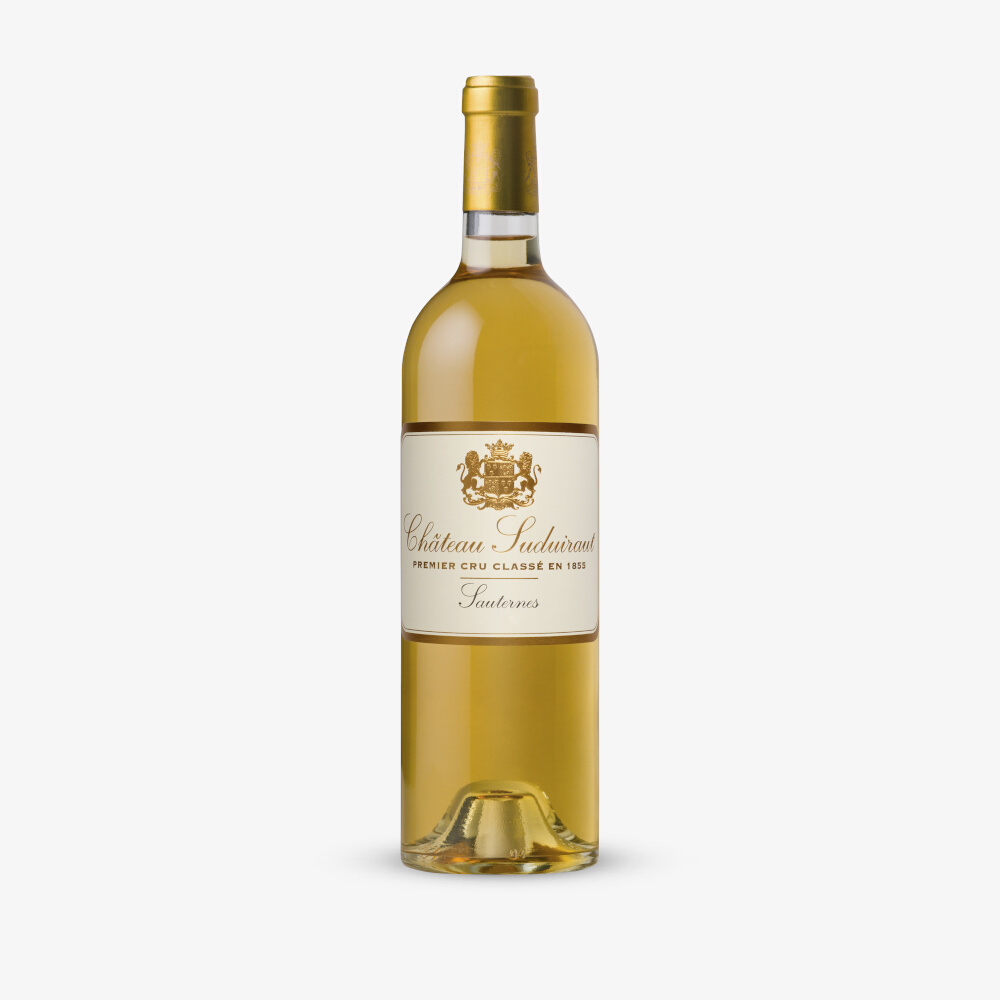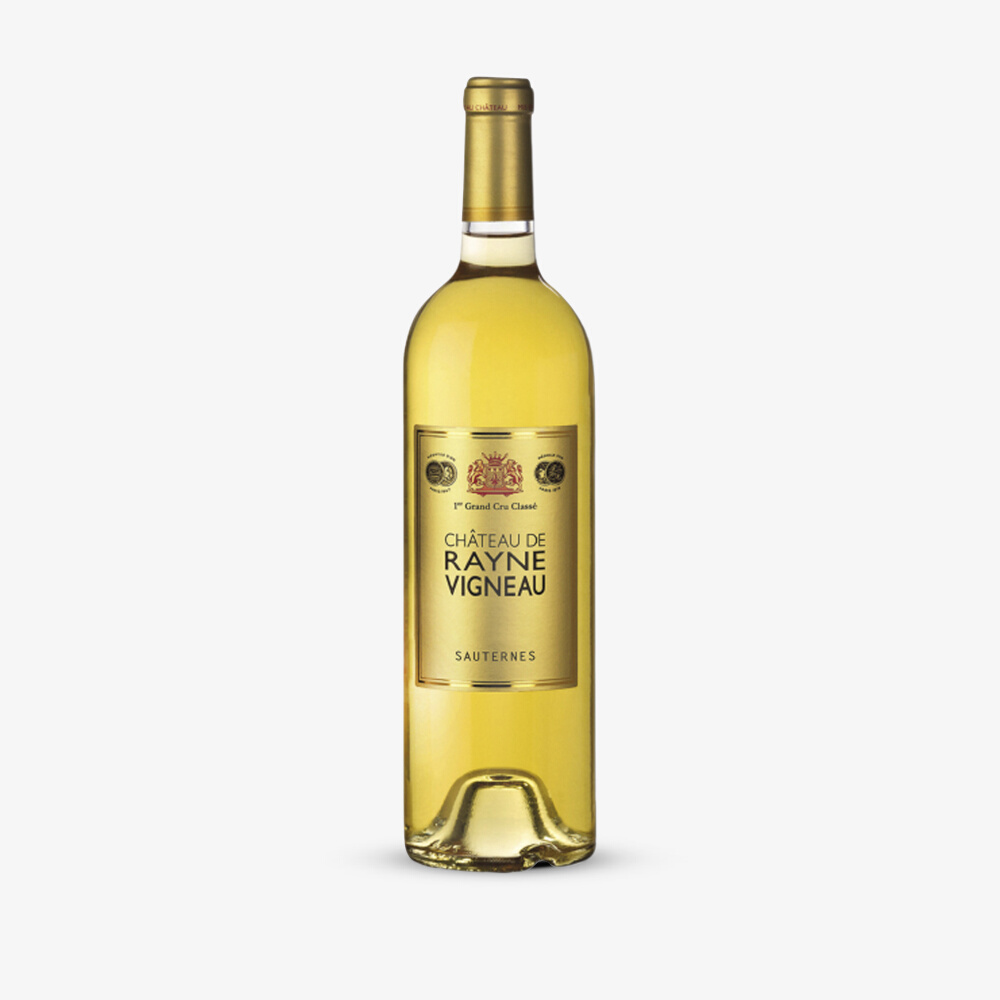Sauternes
Three grape varieties are planted: Sémillon, Sauvignon Blanc, and Muscadelle. Sémillon is the principal grape, because it is especially susceptible to noble rot, Sauvignon is used for its naturally high acidity, whilst tiny proportions of the capricious Muscadelle are used for aromatic qualities. Sweet wine has been made here at least since the late 18th century. Its position is unique, close to two rivers, the broad Garonne and its small tributary, the Ciron. In autumn, the cool Ciron waters flow into the warmer tidal Garonne creating evening mists that envelop the vineyards until late morning the following day. After the sun has burnt the mist away all that is left is moisture on the grapes that encourages noble rot or Botrytis cinerea. This fungus attacks grapes, causing them to shrivel, concentrating flavour, sugars and acids. The wines were classified in 1855, the most prominent of which is Château d’Yquem, whose yields even in a vintage where noble rot is prominent reaches no more than 10 hl/ha.




.jpg)



